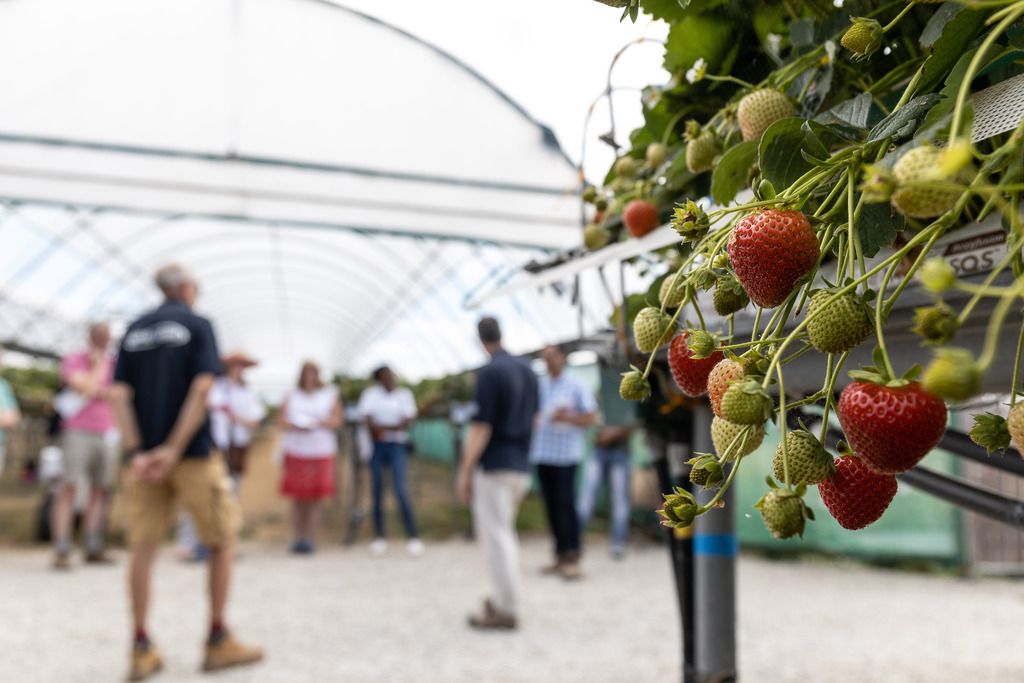Charming the thrips from the flowers
Thrips are one of the most serious pests of strawberry and in recent years, species other than western flower thrips have been causing significant damage to fruit. Biological control of these other thrips species is proving more challenging. These thrips species fly into and damage fruit as adults, circumventing control by predatory mites such as Neoseiulus cucumeris which only eat thrips larvae. These migrations also often occur early in the season before Orius can establish. New approaches are therefore required to control these migrations of adult thrips.
ADAS is leading a new research project funded by EKHAGA, a Swedish charitable foundation, aiming to improve biological control of thrips on strawberry in the UK and Sweden. The project is in collaboration with Swedish soft fruit advisers from HIR Skåne AB and with Biobest and Agrobio. Trials in both the UK and Sweden will test whether using flowering alyssum as a companion plant amongst the strawberry plants can as a trap crop for incoming thrips and as a banker plant for thrips predators, thus improving control and reducing fruit damage. The trial in the UK will test whether releasing Orius to the flowering alyssum benefits its establishment and thrips control. The trial in Sweden meanwhile will test releasing a new predatory thrips, Franklinothrips vespiformis to the alyssum. This voracious predator feeds on pest thrips species but is not native to the UK and cannot currently be released here.



)
)
)
)
)
)
)